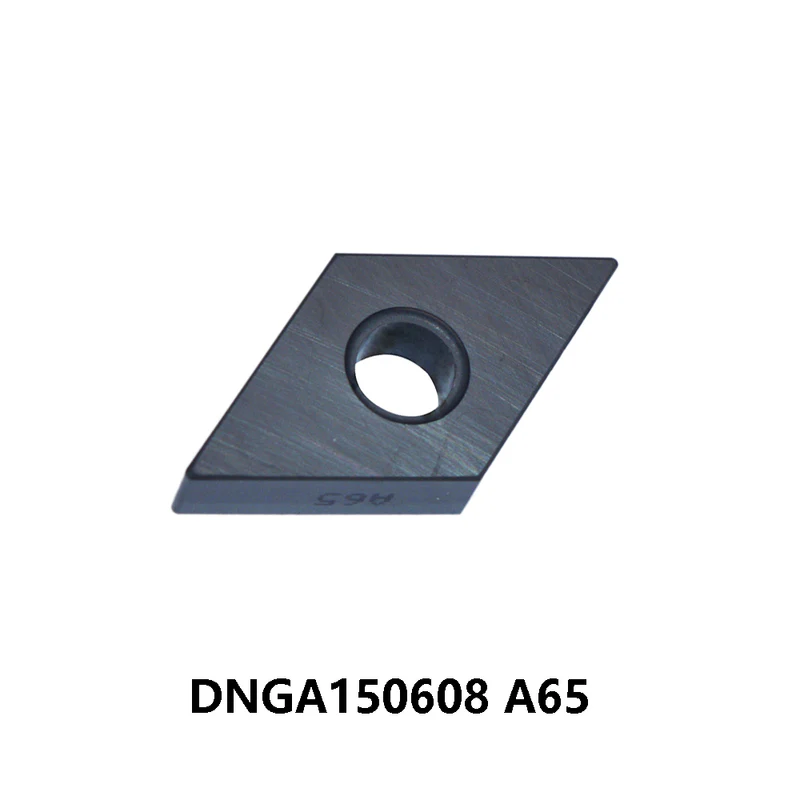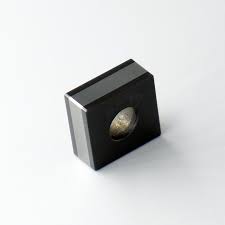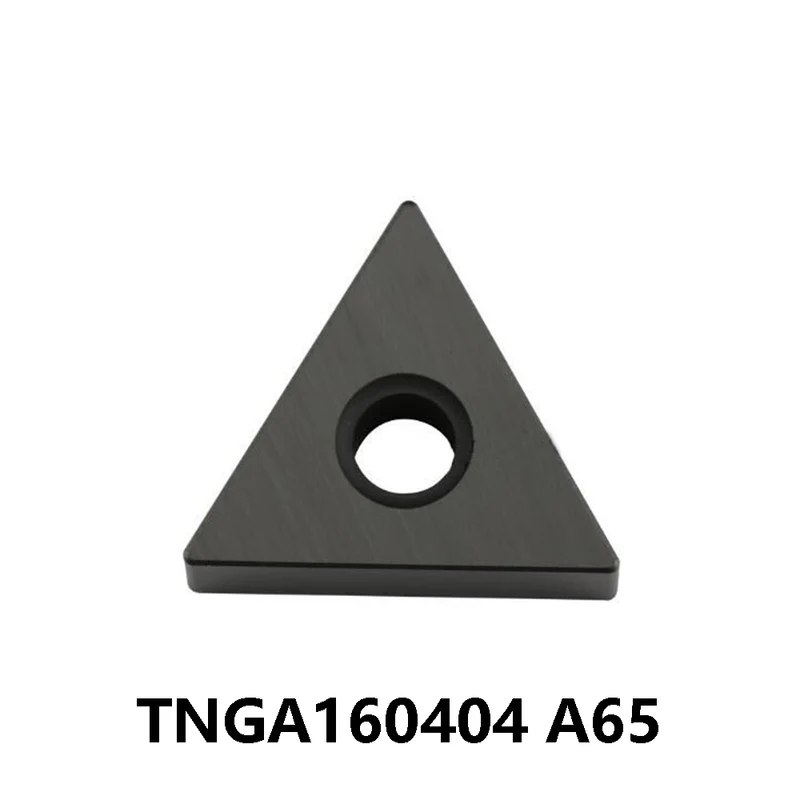




PCBN (Polycrystalline Cubic Boron Nitride) and PCD (Polycrystalline Diamond)inserts and tools are ultra-hard cutting solutions designed for high-performance machining of challenging materials. These superabrasives deliver exceptional wear resistance, thermal stability, and precision, making them indispensable in industries such as automotive, aerospace, energy, and mold manufacturing.
Key Features:
– Material Composition:
– CBN (Cubic Boron Nitride) particles bonded with ceramic/metallic binders (e.g., TiN, Al).
– Hardness: 3,000–4,500 HV (second only to diamond).
– Thermal Stability: Stable up to 1,400°C, ideal for dry machining.
– Design Options:
– Grades: Low CBN (50–65%) for continuous cuts; high CBN (80–90%) for interrupted cuts. – Coatings: TiAlN, AlCrN, or hybrid coatings for enhanced wear resistance.
– Geometry: Negative/positive rake angles, chipbreakers for optimized chip control.
Applications:
– Hard Turning: Machining hardened steels (45–70 HRC), such as gears, bearings, and dies.
– High-Speed Machining: Cast iron components (brake discs, engine blocks).
– Dry Machining: Eliminates coolant use in heat-intensive operations.
Benefits:
– Grinding Replacement: Achieves surface finishes ≤ Ra 0.4 µm, reducing post-processing.
– Extended Tool Life: 5–10x longer than carbide in hardened steel machining.
– Cost Efficiency: Reduces downtime and tooling costs in mass production.
2. PCD Inserts and Tools:
Key Features:
– Material Composition:
– Synthetic diamond particles sintered with cobalt or SiC binders.
– Hardness: 7,000–8,000 HV (highest among cutting tools).
– Thermal Limit: Up to 700°C (avoids oxidation in non-ferrous applications).
– Design Options:
– Grain Sizes: Fine-grain (2–10 µm) for finishing; coarse-grain (10–25 µm) for roughing.
– CVD Diamond Coatings: Ultra-thin layers for micro-tool precision.
– Edge Preparation: Laser-cut edges for burr-free finishes.
Applications:
– Non-Ferrous Metals: High-speed machining of aluminum, copper, and magnesium alloys (e.g., engine blocks, heat sinks).
– Composites: CFRP, GFRP, and carbon ceramics (aerospace wing components, brake pads).
– Abrasive Materials: Wood, plastics, and ceramics (electronics, decorative parts).
Benefits:
– Abrasion Resistance: 50–100x longer life than carbide in aluminum machining.
– High Feed Rates: Up to 5,000 m/min in non-ferrous materials.
– Surface Quality: Mirror-like finishes (Ra ≤ 0.2 µm) for critical components.
3. Industry-Specific Applications:
Automotive
– PCBN: Turning hardened gear shafts, camshafts, and bearing races.
– PCD: Milling EV battery housings, boring aluminum engine blocks.
Aerospace
– PCBN: Machining Inconel turbine discs and landing gear components.
– PCD: Trimming CFRP wing panels and titanium fasteners.
Energy
– PCBN: Valve machining in oil/gas systems.
– PCD: Composite trimming for wind turbine blades.
Electronics
– PCD: Micro-drilling PCBs and precision machining copper connectors.
4. Product Range:
– PCBN Inserts:
– ISO Standards: CNGA, DNGA, TNMA.
– Custom Shapes: Round, square, trigon. – PCD Inserts:
– ISO Standards: APKT, SEHT, SPKN.
– Specialized Tools: Threading inserts, grooving blades, ball nose end mills.
5. Selection Guidelines:
– Choose PCBN for: – Hardened steels (>45 HRC), cast iron, and high-temperature alloys. – Applications requiring dry machining or replacing grinding operations.
– Choose PCD for:
– Non-ferrous metals (Al, Cu, Mg), composites, and abrasive plastics.
– High-speed, high-volume production with ultra-fine finishes.
Why Choose PCBN & PCD Tools?
– Precision: Maintain tolerances ≤ ±0.005 mm in critical applications.
– Productivity: Reduce cycle times by 30–50% with aggressive cutting parameters.
– Sustainability: Minimize waste and coolant usage through dry machining.